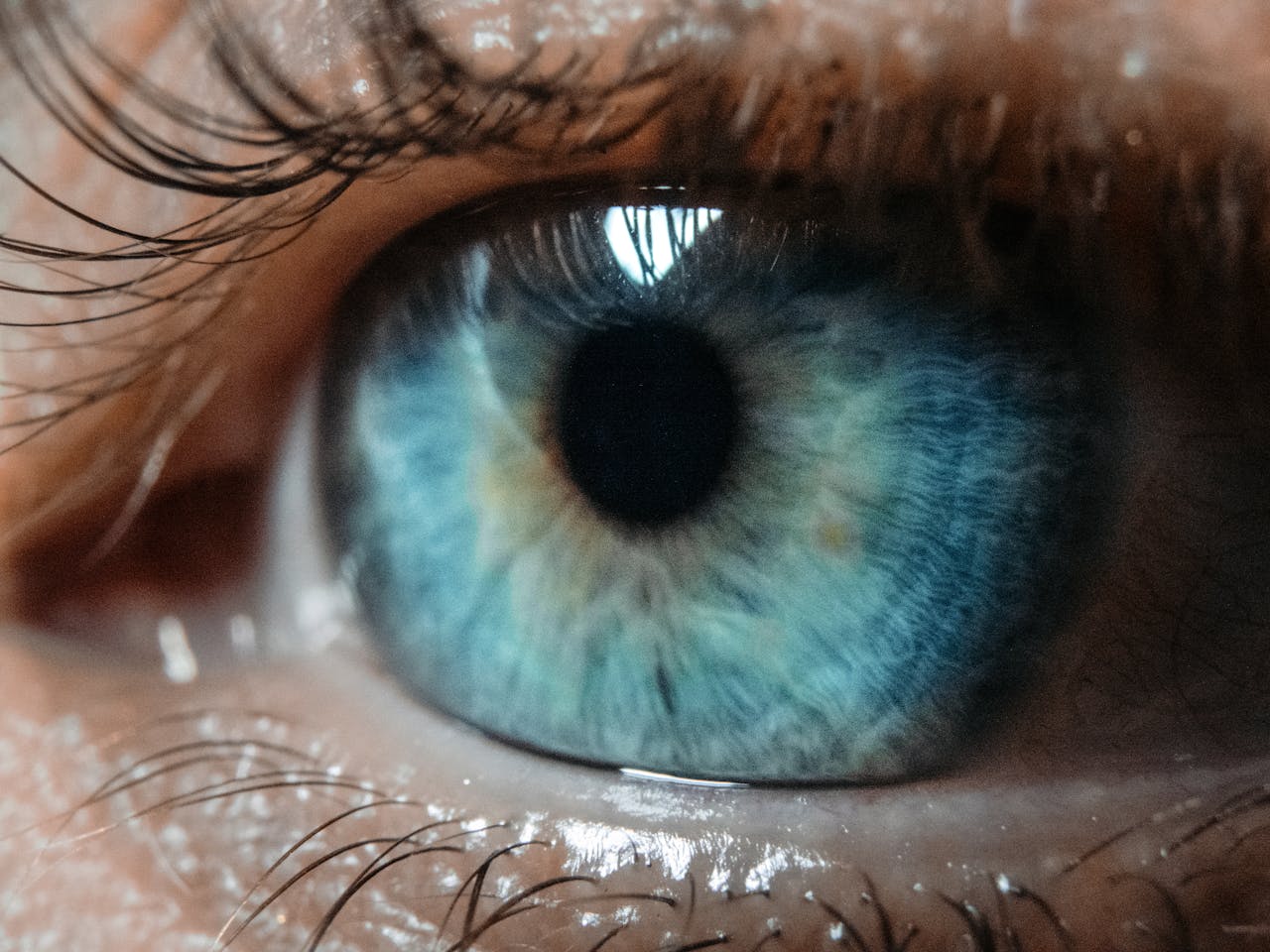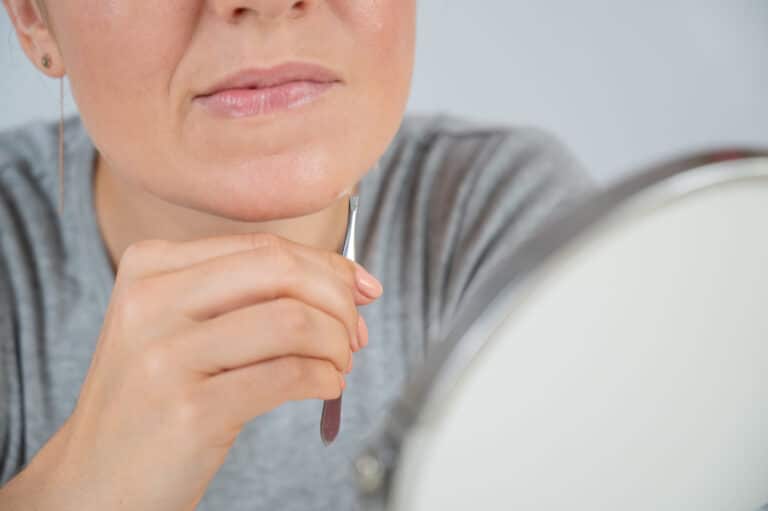In the ever-evolving landscape of medical technology, a groundbreaking procedure has offered new hope to those suffering from corneal blindness. With the successful implementation of an artificial cornea transplant, a 78-year-old man in Israel has regained his sight after a decade in darkness. In this article, we explore corneal blindness, the innovative process of artificial cornea implant, and the life-changing impact of such medical advancements.
The Trial That Gave a Blind Man His Vision Back
In a remarkable medical breakthrough, Jamal Furani, a 78-year-old man from Haifa, Israel, has regained his sight after a decade of blindness, thanks to an innovative artificial cornea implant. This pioneering procedure has catapulted Furani back into a world of visual clarity where he can now recognize loved ones and read text—an achievement that once seemed permanently out of reach due to his corneal disease.
The artificial cornea, known as KPro, is crafted from a synthetic nano-tissue that seamlessly integrates into the eyewall. Developed by CorNeat Vision, the KPro implant is designed to mimic natural tissue, promoting cellular proliferation and tissue integration. This biomimetic approach is not just about replacing a damaged cornea; it’s about creating a part that the body accepts and uses as if it were its own.
Performed on January 11 by Professor Irit Bahar at Rabin Medical Center in Petah Tikva, the surgery was part of the first human trials involving ten patients. These patients had suffered from corneal blindness and were not suitable candidates for traditional cornea transplants or had previously undergone unsuccessful ones.
This successful operation not only opens up new possibilities for individuals with similar conditions but also represents a significant advancement in the field of ophthalmology.

How the Artificial Cornea Implant Works
The breakthrough in visual restoration using the artificial cornea hinges on a meticulously crafted procedure that takes less than an hour but promises a lifetime of change. It begins with the careful dissection of the conjunctiva, the mucous membrane that covers the front of the eye and lines the inside of the eyelids. This is a crucial step to prepare the eye for the new implant.
Following this, the corneal epithelium, the outermost layer of the cornea, is completely removed. This step is essential to reduce the risk of retro prosthetic membrane formation, a common complication in corneal transplants that can impair vision.
The surgeon then marks the center of the cornea to precisely position the implant. A stamp is placed on the surface of the eye to guide the placement, ensuring the artificial cornea aligns perfectly with the natural eye structure. The implant itself is then carefully laid over the prepared area and secured through a combination of stitching and a snapping mechanism that locks it into place.
Once the implant is secured, incisions are made around the cornea to facilitate the removal of the original, damaged corneal tissue. This allows the synthetic cornea to integrate fully without interference from the damaged tissue it replaces. The KPro implant, made from a synthetic, non-degradable porous material, is designed to fit seamlessly into the eyewall, replacing scarred or deformed corneas.
Is It Safe?
Artificial cornea implants, such as the KPro device, are generally considered safe for use, but they do come with potential risks that need careful management. The procedure to implant an artificial cornea includes common surgical risks such as infection, bleeding, and reactions to anesthesia. Despite the biocompatible nature of these implants, designed to reduce the likelihood of rejection, the body may still recognize them as foreign, which can lead to inflammation or outright rejection. This manifests as redness, pain, or compromised vision.
Furthermore, the long-term success of the implant depends significantly on its integration with the surrounding eye tissue and the durability of the materials used. Inadequate integration can cause the implant to become loose or dislodged, potentially requiring additional surgical interventions. Similarly, the materials must maintain their integrity over time to ensure continued function and safety.
Visual outcomes post-implantation can vary widely. Factors influencing these outcomes include the underlying reasons for blindness, existing eye health, and how well the body adapts to the artificial implant. Moreover, rigorous postoperative care is crucial. It typically involves medication to manage inflammation, prevent infection, and regular monitoring to ensure the implant remains properly integrated and functional.
As the technology and techniques for artificial cornea implants continue to evolve, ongoing research is crucial in enhancing their safety and effectiveness. For those considering this option, a detailed consultation with a specialized ophthalmologist is essential to thoroughly understand the potential risks and benefits tailored to their specific conditions.

Understanding Corneal Blindness
Corneal blindness is a serious condition that results when the cornea, the clear front surface of the eye that covers the iris, pupil, and anterior chamber, becomes clouded or scarred. This part of the eye is crucial for focusing light and enabling clear vision. Damage to the cornea can occur due to various reasons including infections, injuries, or genetic disorders, and can lead to significant visual impairment or blindness if left untreated.
The cornea’s transparency and its role in refracting light directly influence how well one sees. When the cornea is healthy, light passes through it and is accurately focused onto the retina, producing clear images. However, if the cornea becomes clouded—due to conditions such as keratoconus, corneal ulcers, or dystrophies—or is severely injured, the light cannot pass through effectively, leading to blurred vision or total loss of sight.
Infections, both bacterial and viral, are common culprits for corneal damage. For example, the herpes simplex virus can cause recurrent viral infections that scar the cornea, while bacterial infections related to contact lens misuse can lead to ulcers that permanently impair vision. Traumatic injuries, chemical burns, or abrasions also pose serious risks to the corneal integrity.
My Personal RX on Enhancing Eye Health and Preserving Vision
Maintaining eye health is more than just about seeing clearly—it’s about enhancing your overall quality of life. Eyes are not only windows to the world but also to our health. They offer clues about the state of our vascular, neurological, and systemic health. With conditions ranging from glaucoma to diabetic retinopathy linked to broader health issues, ensuring optimal eye health is integral to your holistic well-being. Here are some easy and practical strategies to help you take care of your eyes and, by extension, your entire body.
- Regular Eye Exams: Schedule regular eye check-ups with an optometrist or ophthalmologist. These exams can detect eye diseases and conditions early, even before you notice any symptoms. Early detection often leads to more effective treatment.
- Wear Protective Eyewear: Always wear protective eyewear when engaging in activities that could harm your eyes, such as sports, working with power tools, or handling hazardous chemicals. Sunglasses are also important; ensure they offer 100% UV protection to shield your eyes from harmful UV rays.
- Maintain a Healthy Diet: Nutrition plays a key role in eye health. Foods rich in omega-3 fatty acids, lutein, zinc, and vitamins C and E might help ward off age-related vision problems like macular degeneration and cataracts. Incorporate plenty of leafy greens, oily fish, eggs, nuts, and citrus fruits into your diet.
- Support Your Eyes With Supplements: Eye Max is specifically formulated to support eye health. It contains vital nutrients and antioxidants that can help protect against age-related macular degeneration and cataracts. Regular supplementation can play a key role in maintaining long-term eye health.
- Manage Chronic Conditions: Conditions like diabetes and high blood pressure can lead to eye problems if not properly managed. Keep these conditions under control with proper medication and by following your doctor’s advice on diet and lifestyle.
- Reduce Screen Time: Prolonged use of computers, tablets, and smartphones can lead to digital eye strain. Follow the 20-20-20 rule: every 20 minutes, look at something 20 feet away for at least 20 seconds. Ensure your computer screen is slightly below eye level and about an arm’s length away.
- Quit Smoking: Smoking increases the risk of developing age-related eye diseases and can damage the optic nerve. If you smoke, quitting can significantly reduce these risks.
- Practice Good Hygiene: Avoid touching your eyes with unwashed hands, as this can transfer bacteria and other contaminants. If you wear contact lenses, follow your eye care provider’s instructions on care and replacement.
- Ensure Adequate Sleep: Lack of sleep can contribute to eye fatigue. Aim for 7-9 hours of quality sleep each night to help rejuvenate your eyes.
- Follow a Holistic Approach to Health: The Protocol offers an extensive set of lifestyle recommendations that encompass nutrition, physical activity, stress management, and regular preventive healthcare measures. It’s designed to support overall well-being, including eye health.
- Support Your Gut-Brain Axis: The health of your gut microbiome influences not just brain function but also eye health through complex interconnections. Using MindBiotic, which enhances gut health with a blend of probiotics, prebiotics, and adaptogens, can help maintain this vital axis, supporting overall physiological health including that of your eyes.
- Nourish with Vision-Supporting Nutrients: My Healthy Gut Cookbook provides recipes rich in vitamins and antioxidants that benefit not only gut health but also your eye health. These nutrients can help protect against oxidative stress and inflammation that can lead to deteriorating vision.
Sources:
- Vision, C. (2021, January 11). CorNeat Vision’s First Patient Regains Sight Following Artificial Cornea Implantation at Rabin Medical Center, Ending a Decade of Blindness [Press release]. https://www.prnewswire.com/il/news-releases/corneat-vision-s-first-patient-regains-sight-following-artificial-cornea-implantation-at-rabin-medical-center-ending-a-decade-of-blindness-866070880.html
- CorNeat KPro | Artificial Cornea | CorNeat Vision. (n.d.). Corneat. https://www.corneat.com/corneat-kpro
- Cornea transplant – Mayo Clinic. (n.d.). https://www.mayoclinic.org/tests-procedures/cornea-transplant/about/pac-20385285
- Fu, L., & Hollick, E. J. (2023). Artificial cornea transplantation. In StatPearls [Internet]. Treasure Island, FL: StatPearls Publishing. https://www.ncbi.nlm.nih.gov/books/NBK568692/











 Subscribe to Ask Dr. Nandi YouTube Channel
Subscribe to Ask Dr. Nandi YouTube Channel










